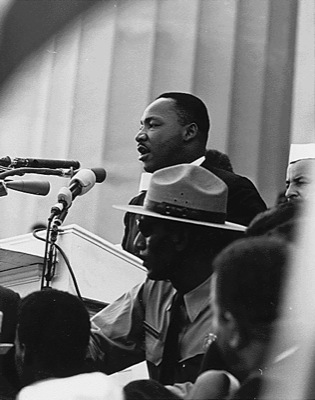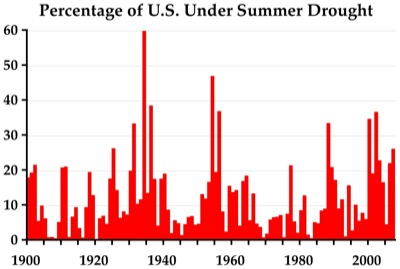The Antiplanner rarely listens to speeches, preferring to rely on written documents. I’ve never listened to a speech by Obama, but I decided to listen to his acceptance speech last night. What I heard did not give me much hope.
P.J. O’Rourke once said, “Democrats believe government can work. Republicans believe it can’t, and then they get elected and prove it.” Certainly George Bush fulfilled O’Rourke’s expectations. But it nonetheless remains true that the fundamental political debate in America remains the role of government.
Obama admitted that “Government cannot solve all our problems.” But the only thing he suggested that government can’t do is turn off the television at night and make children do their homework. He did make a lot of promises that government under President Obama will do a lot of things that most experts believe it really can’t do.









